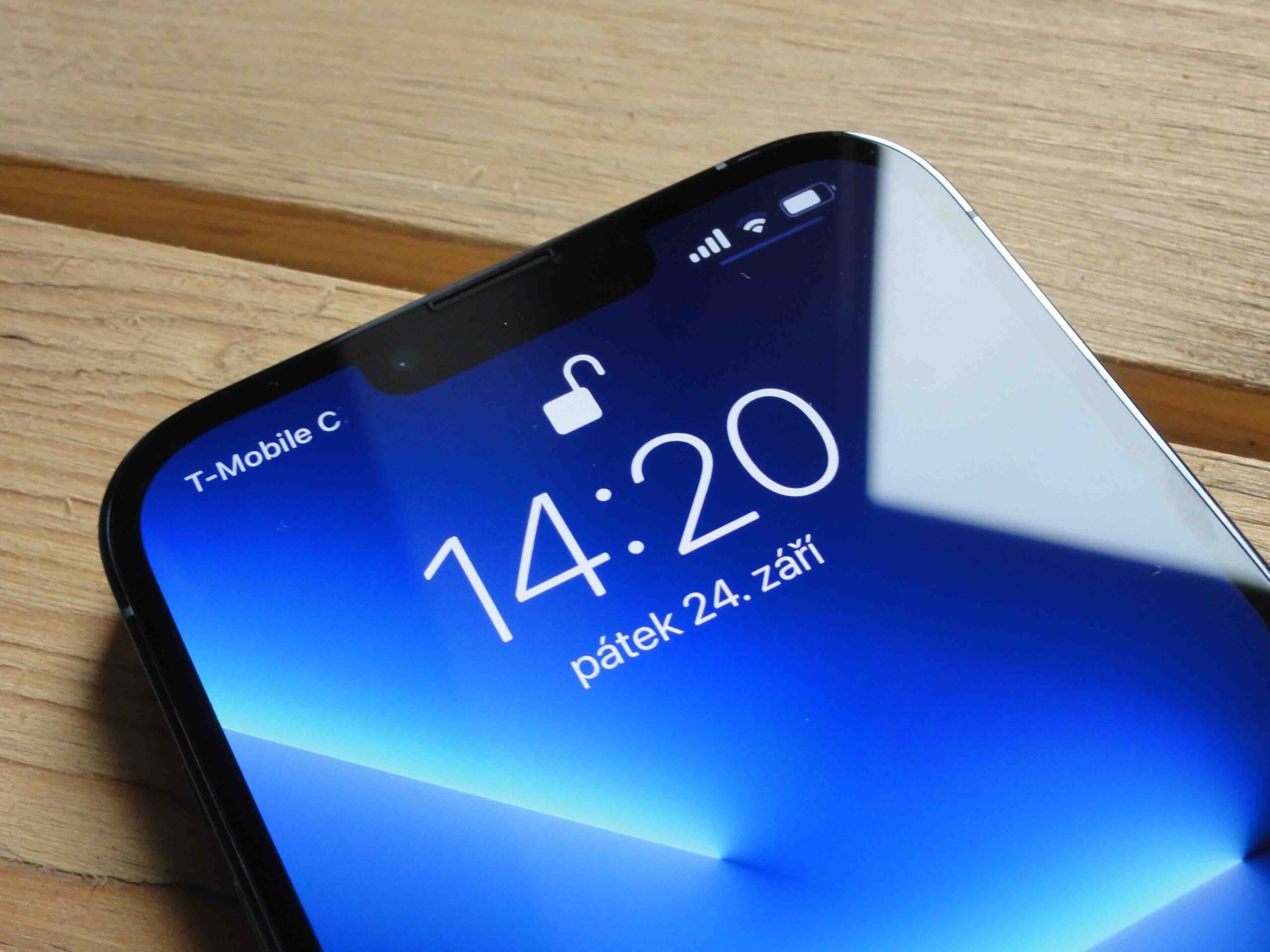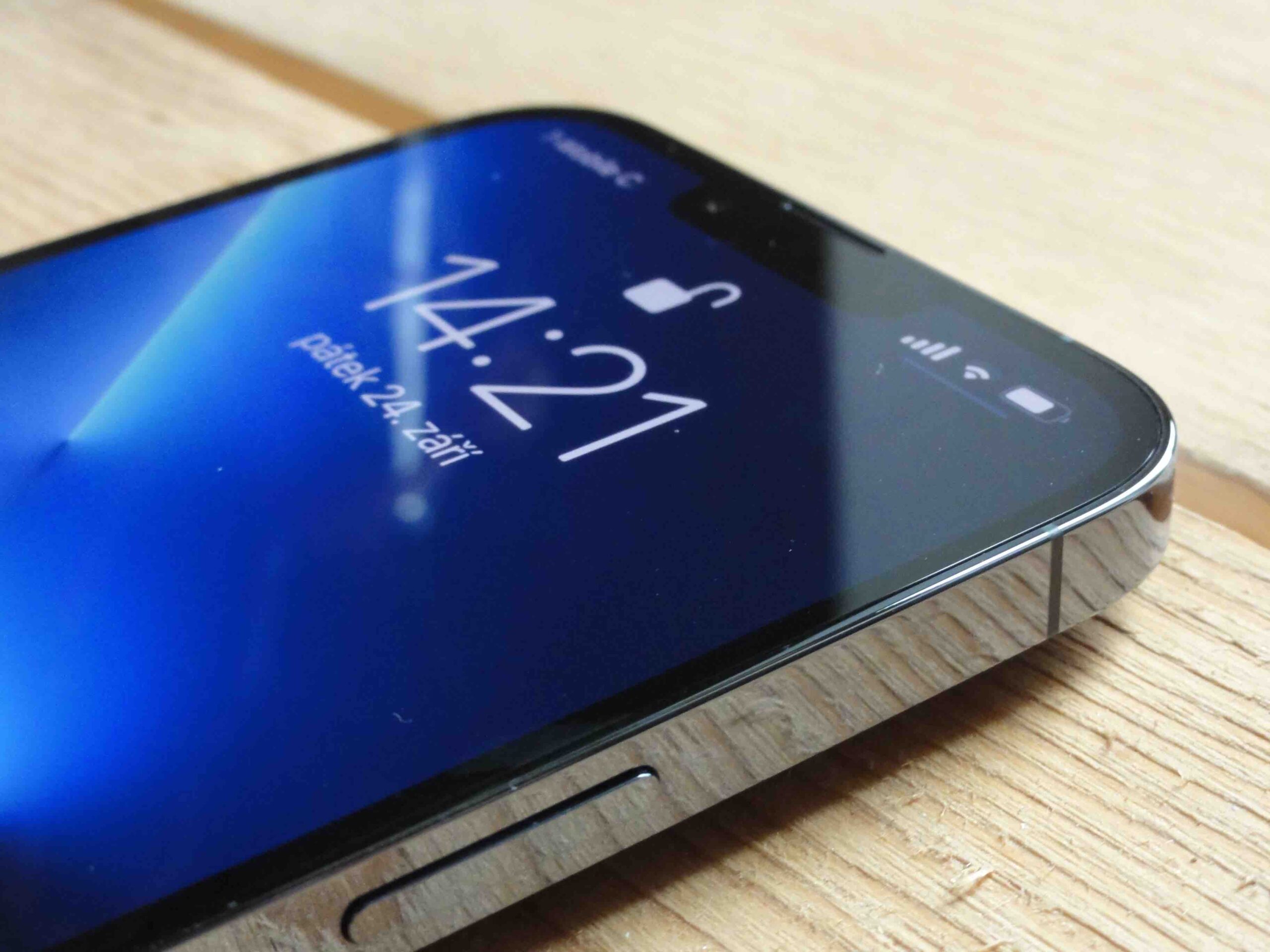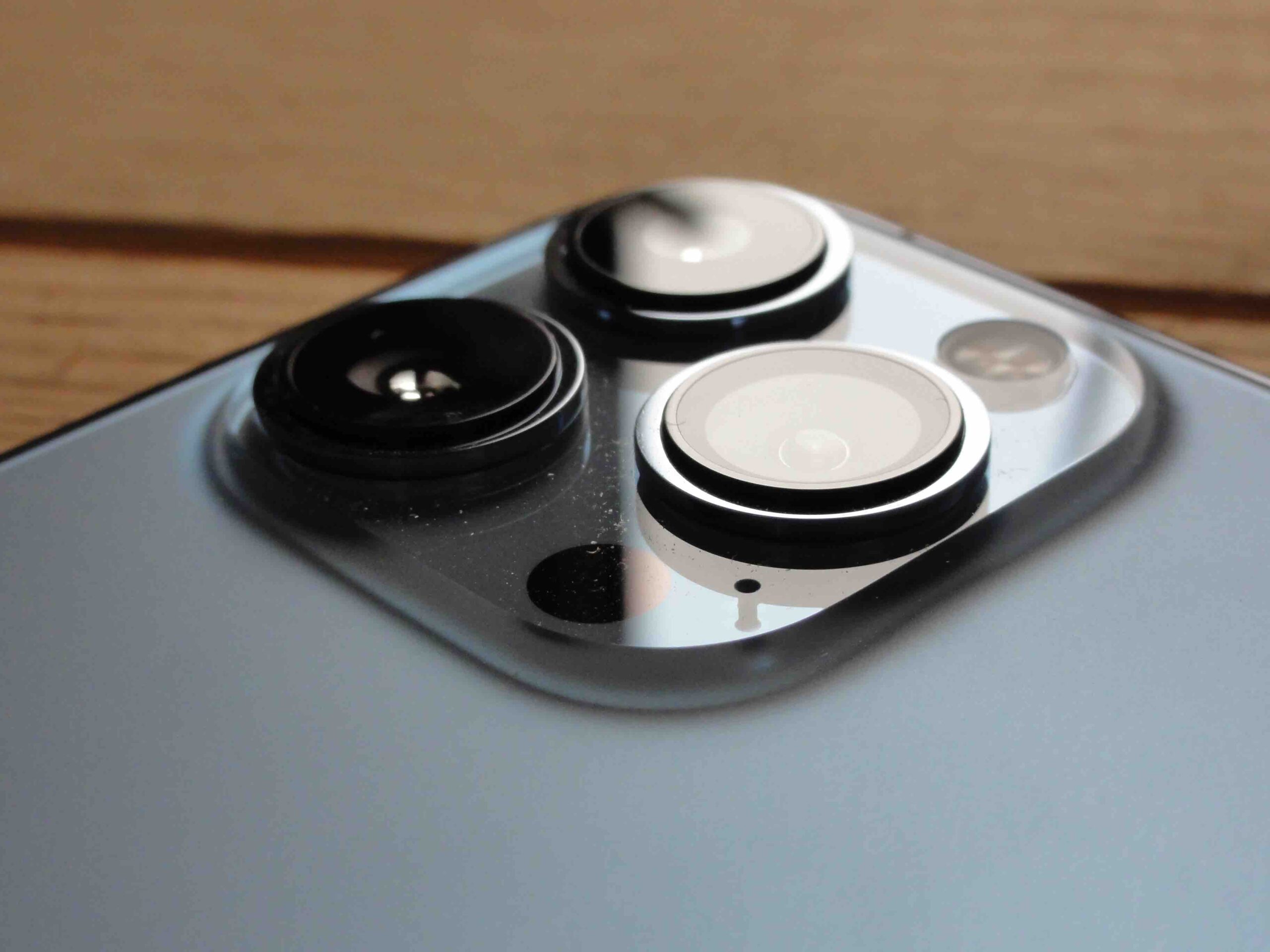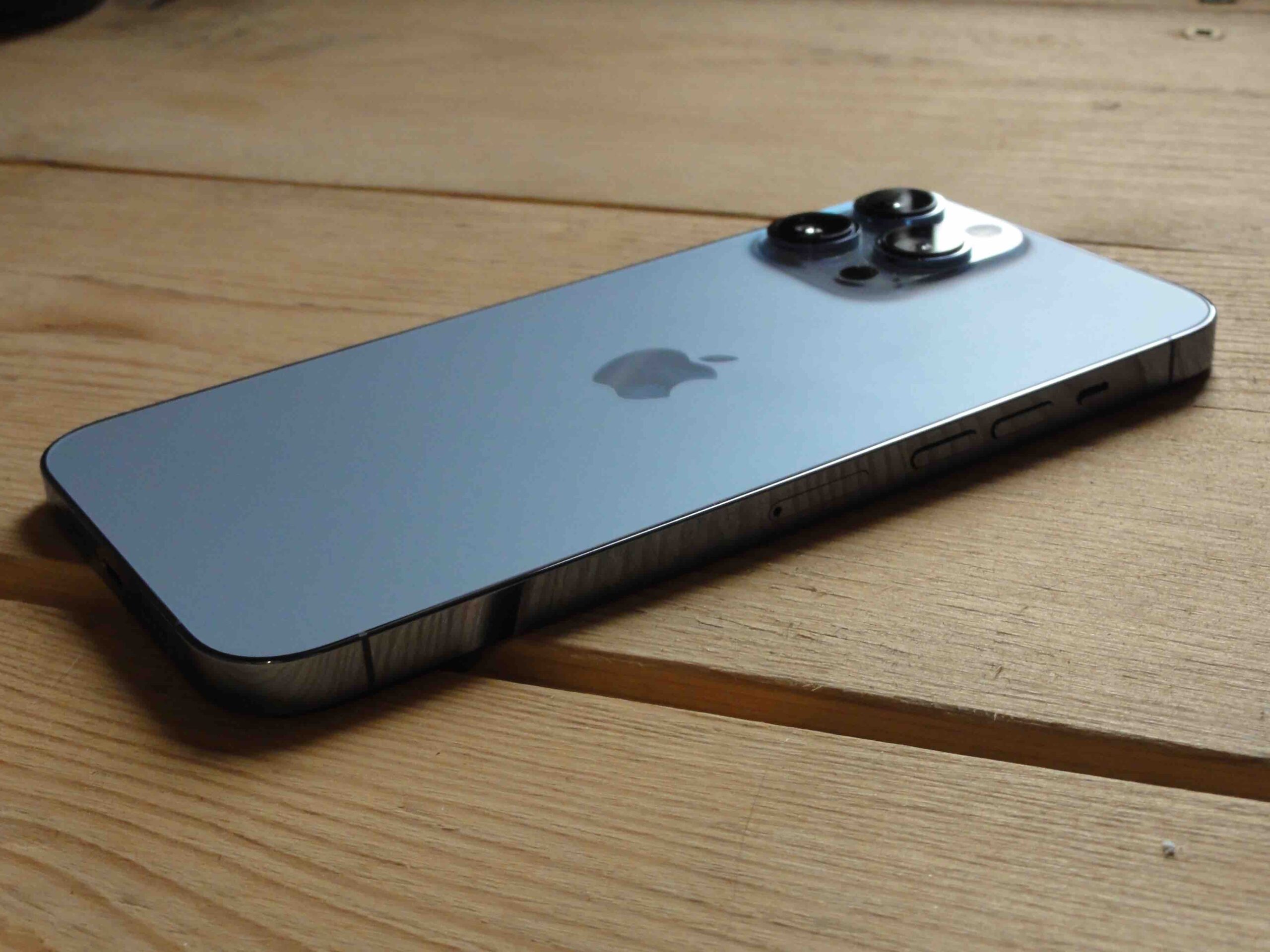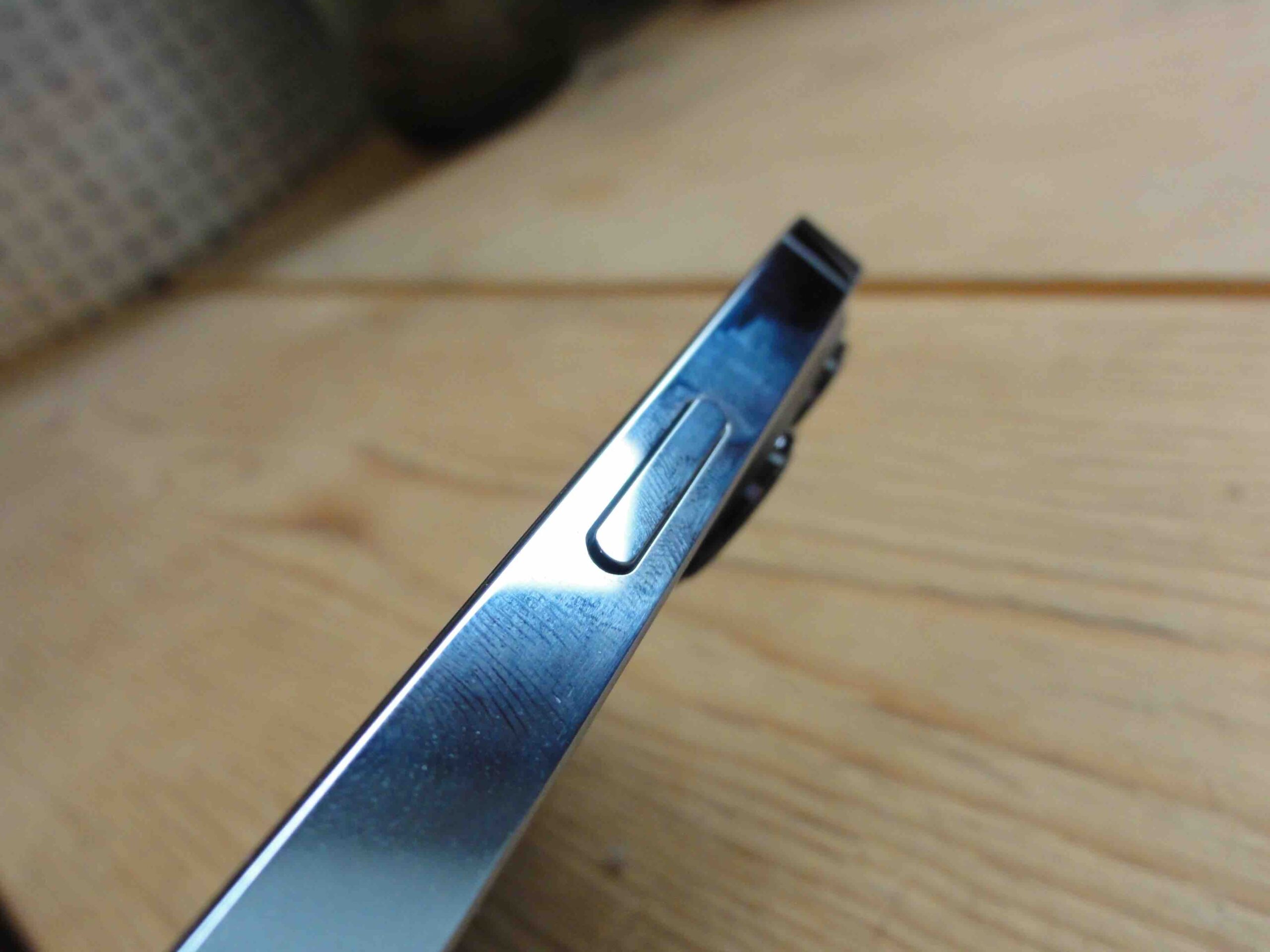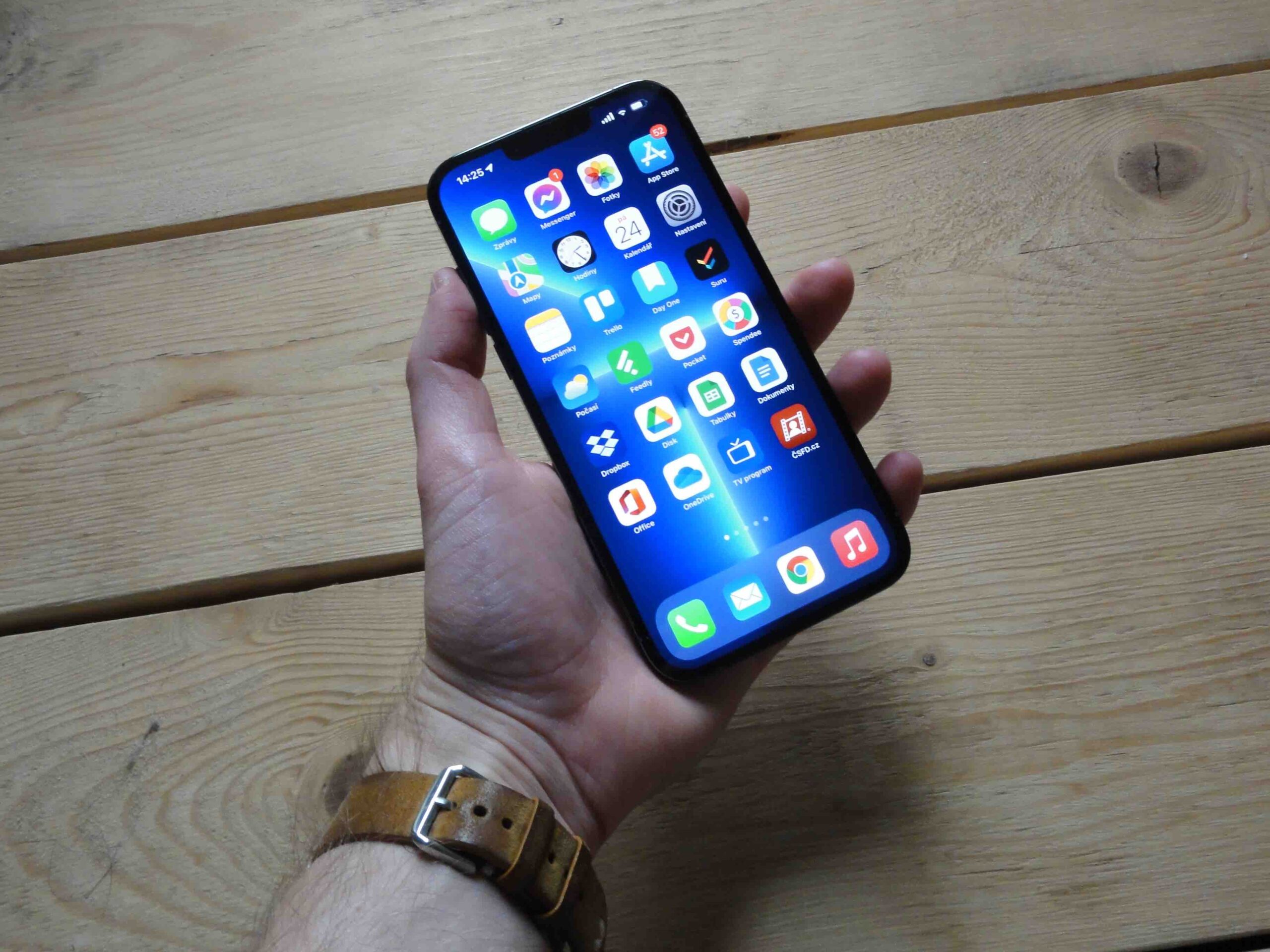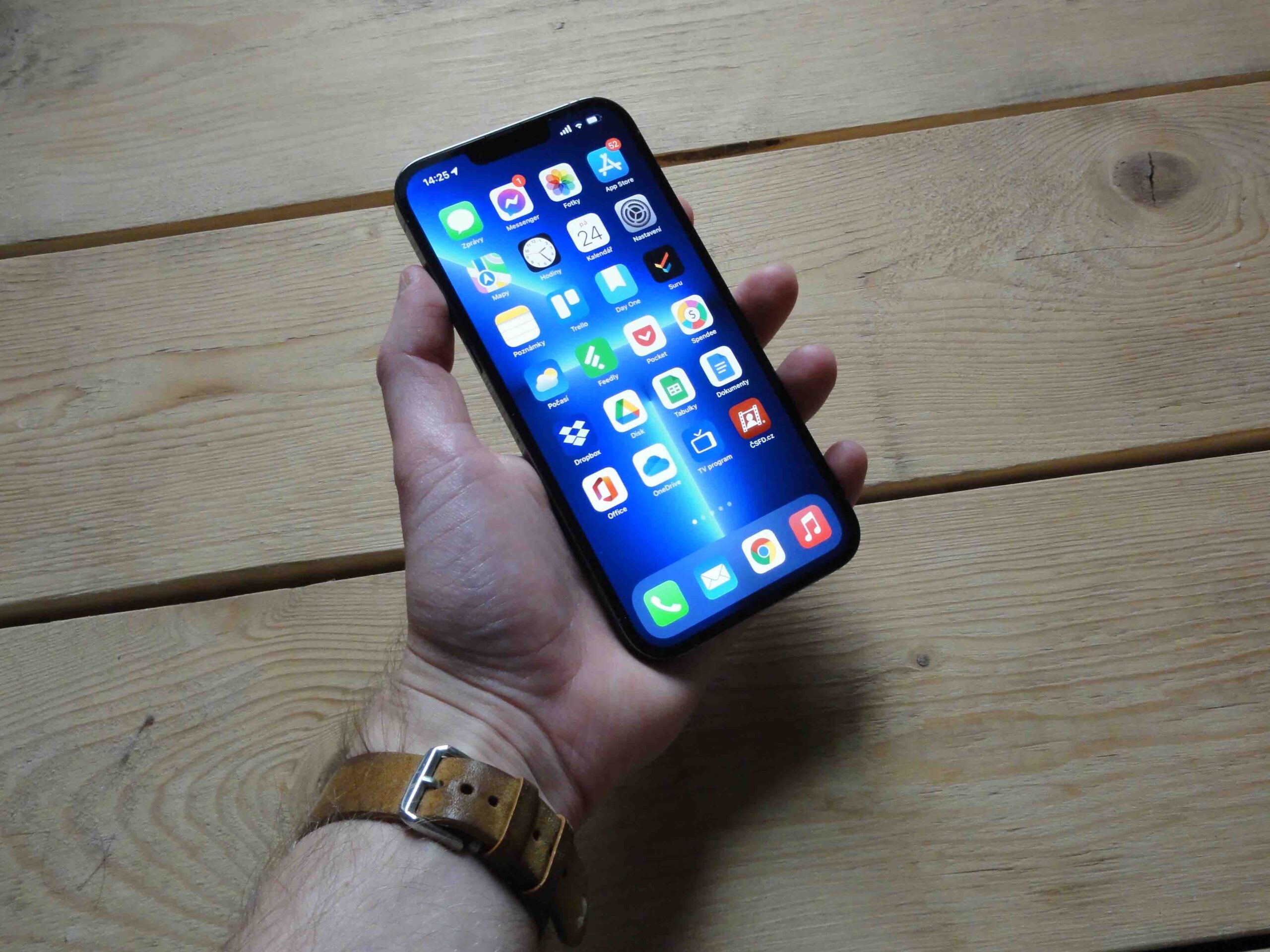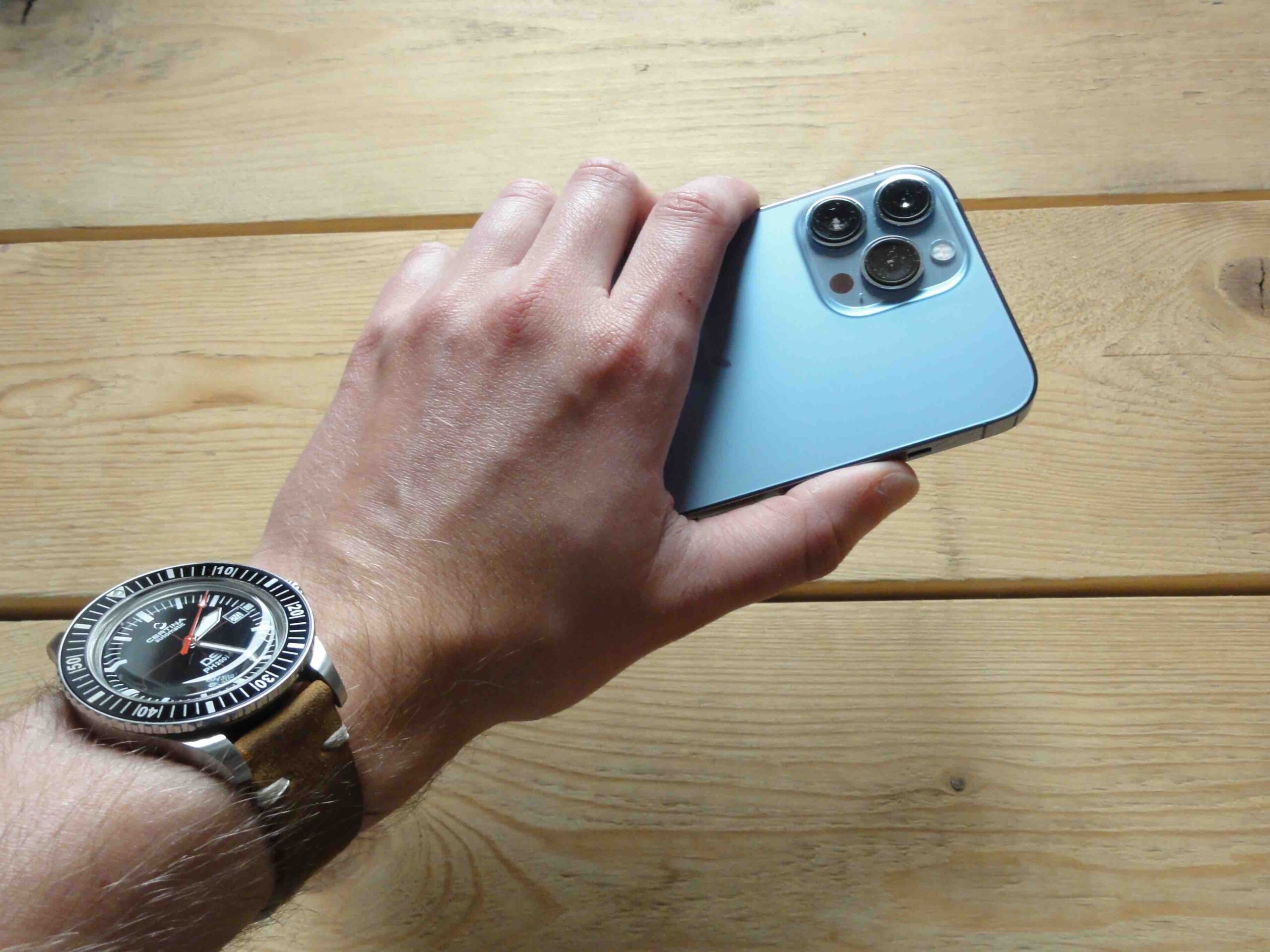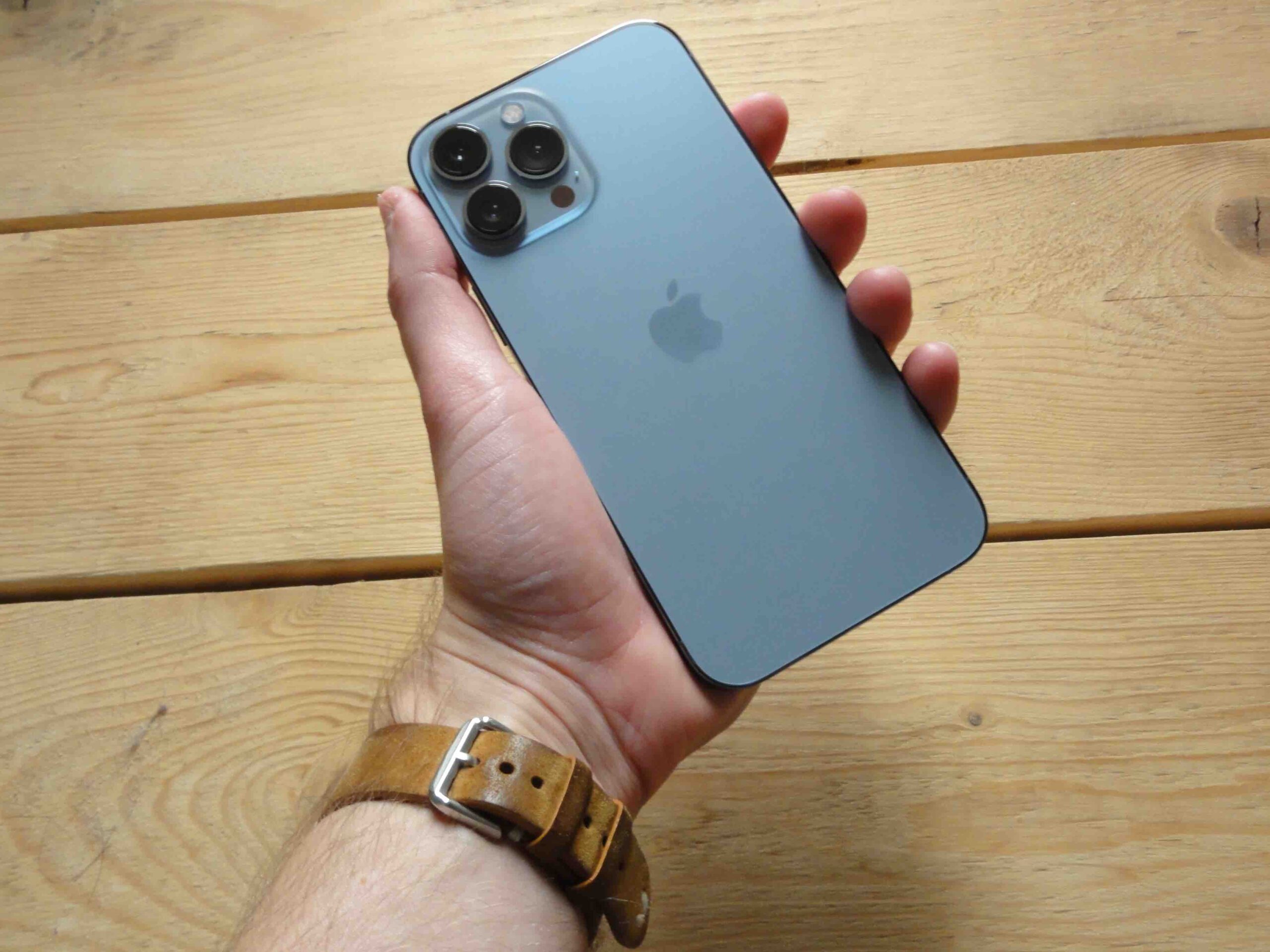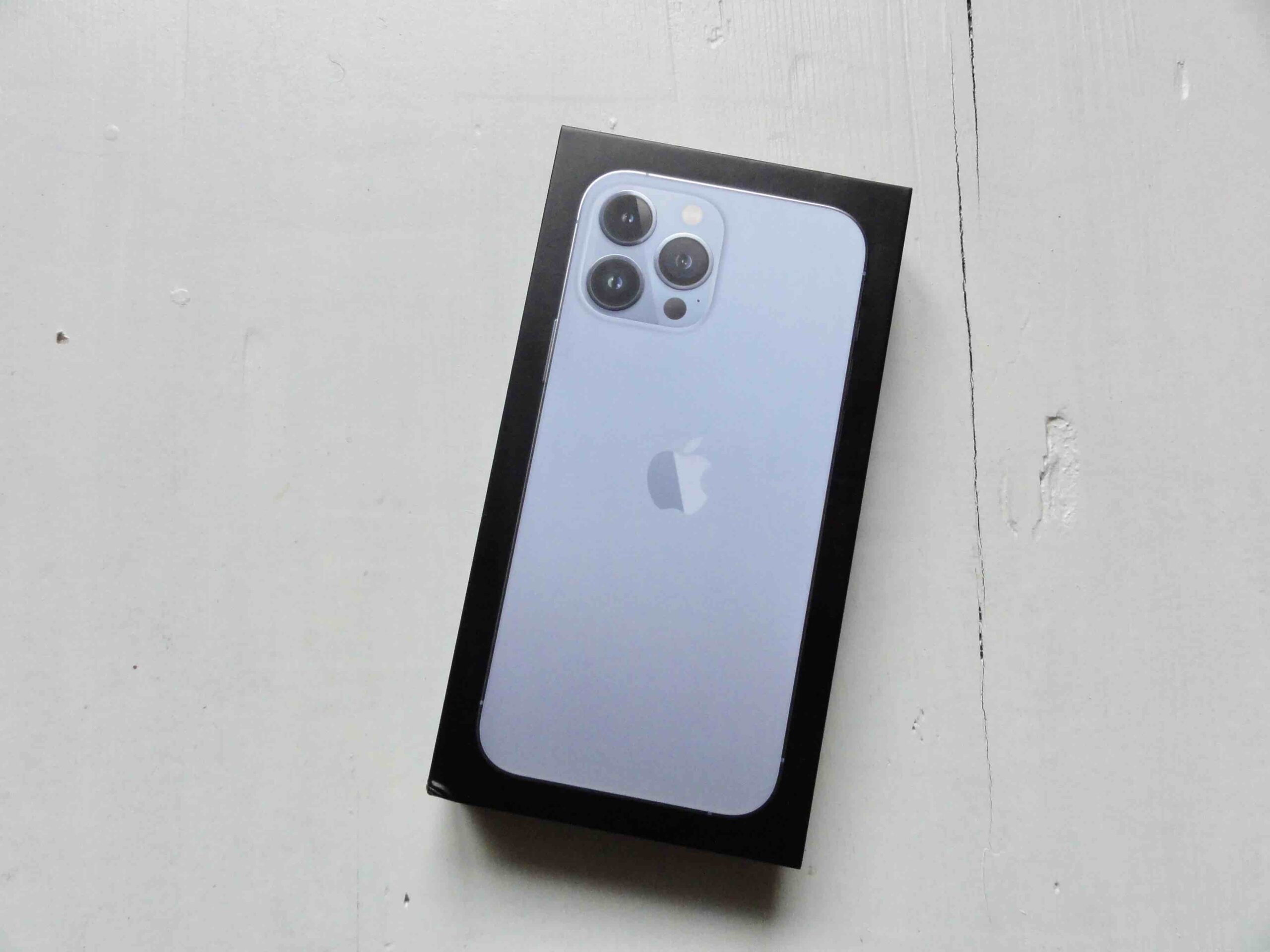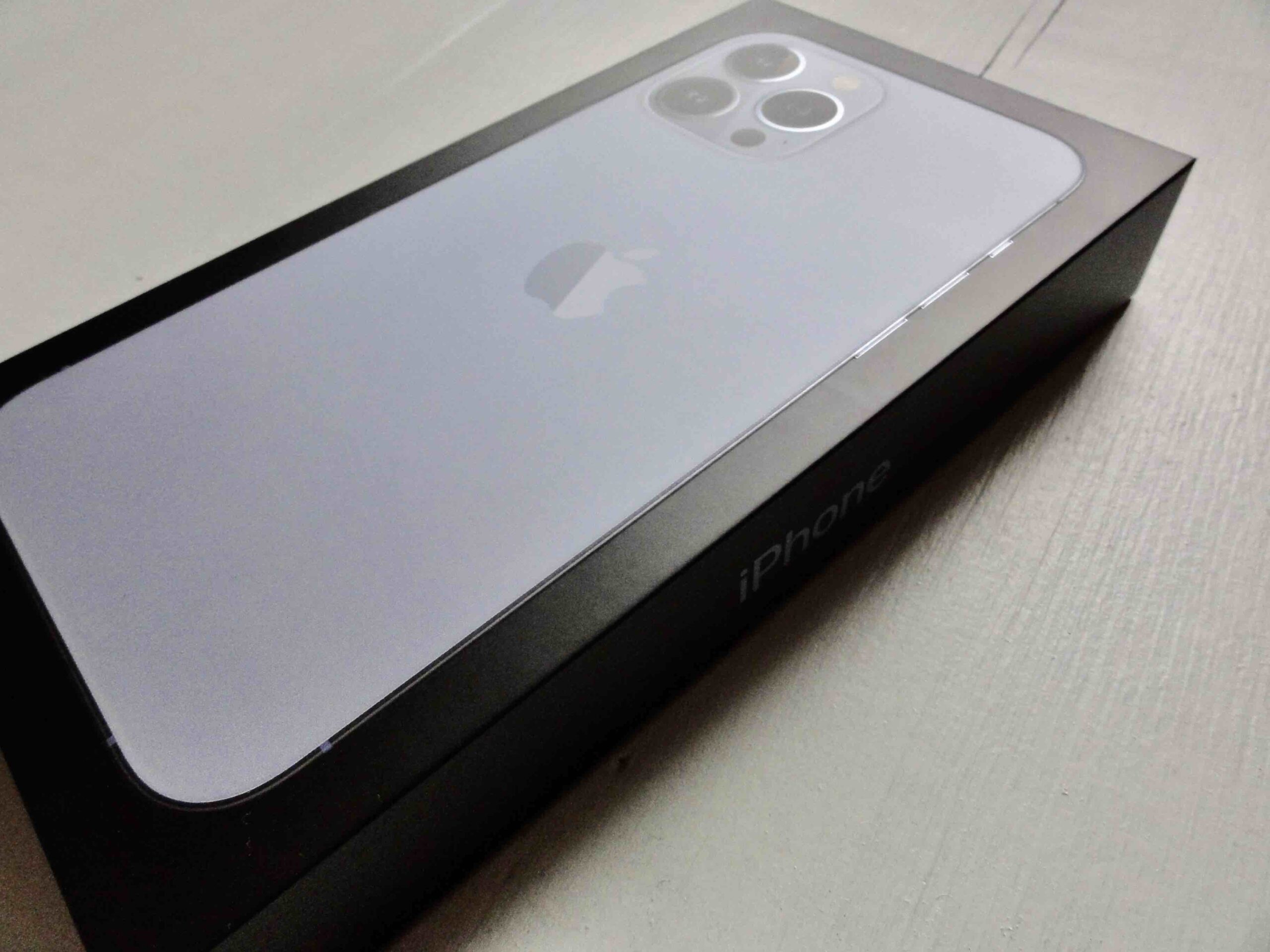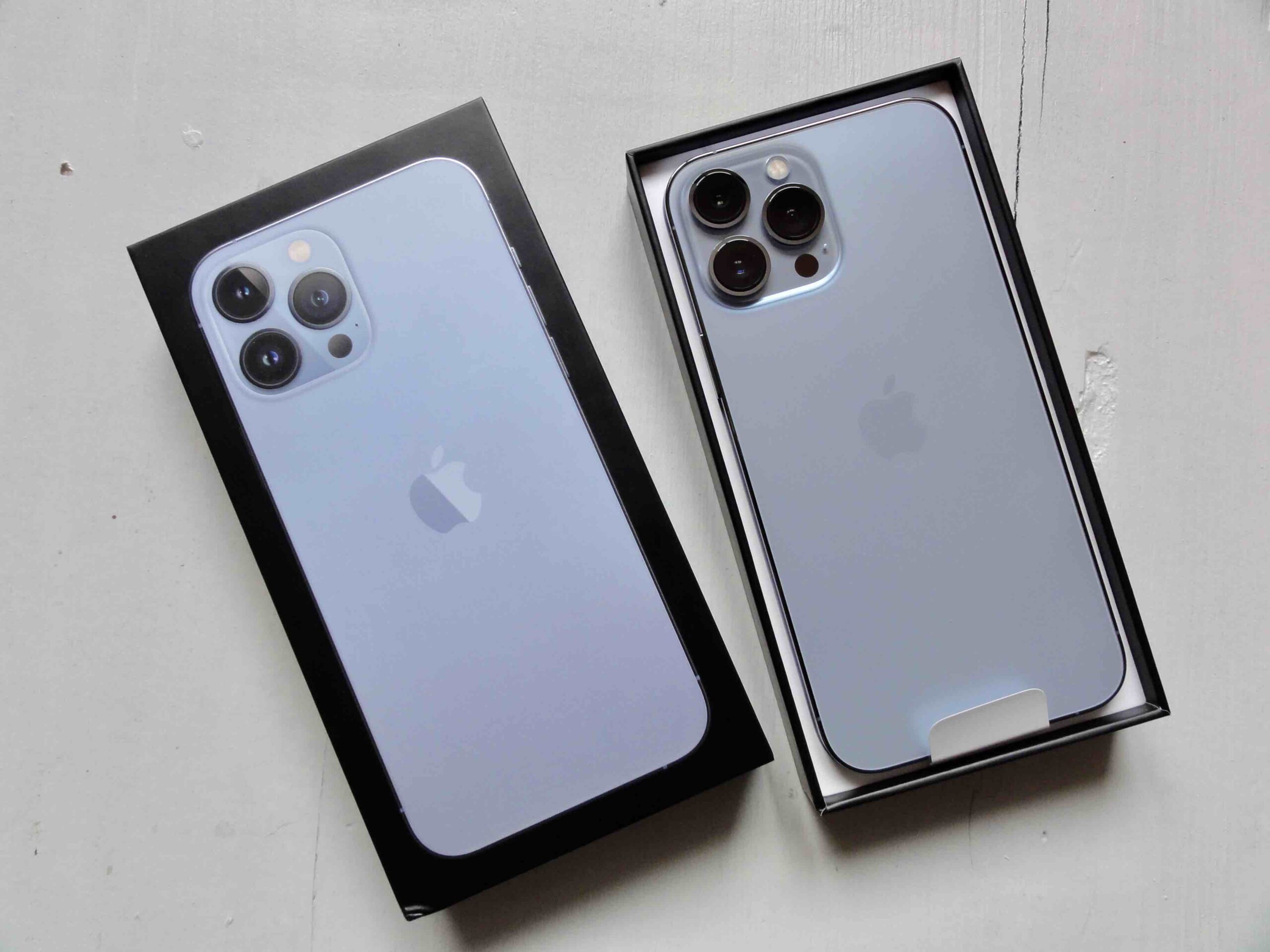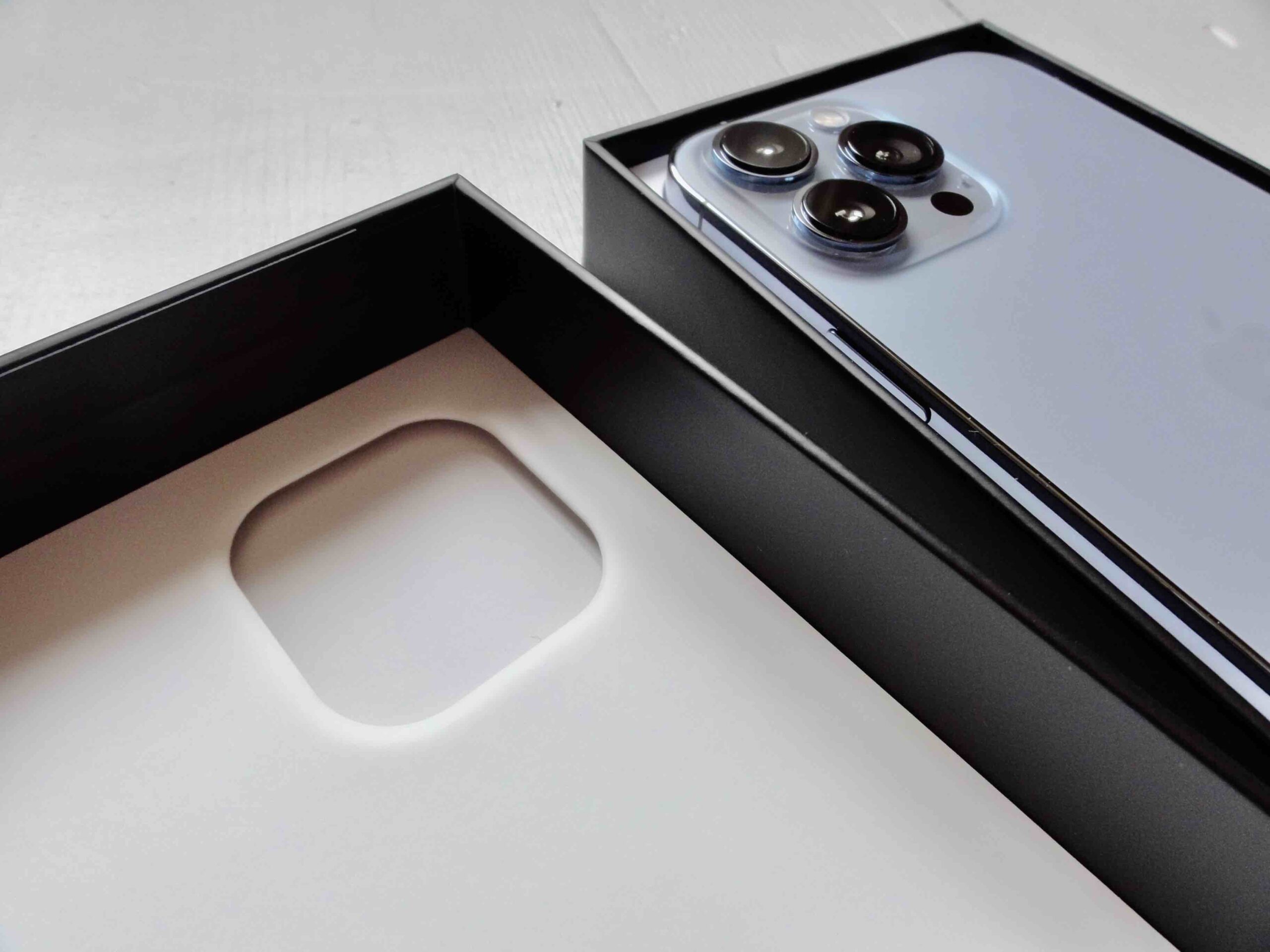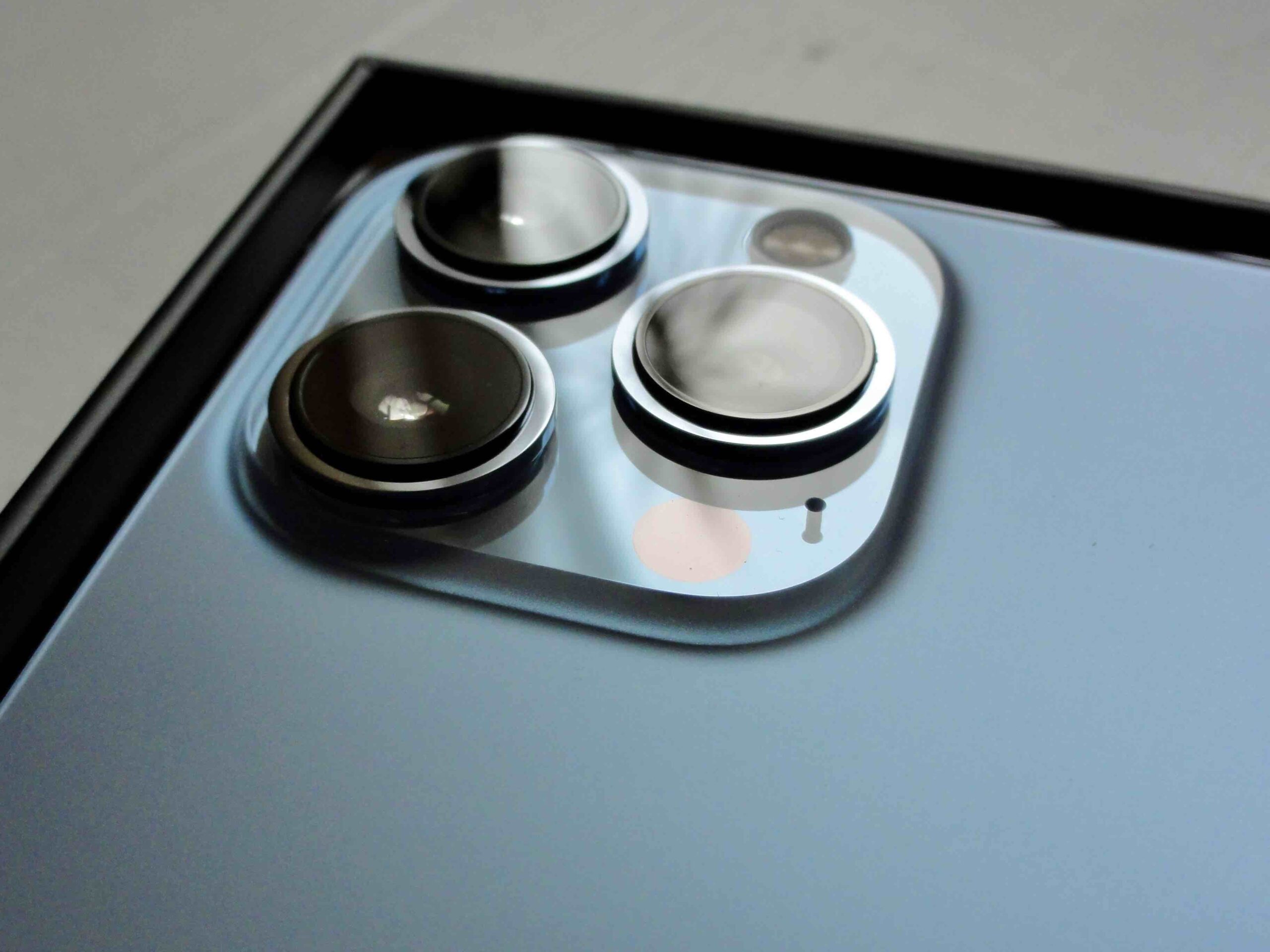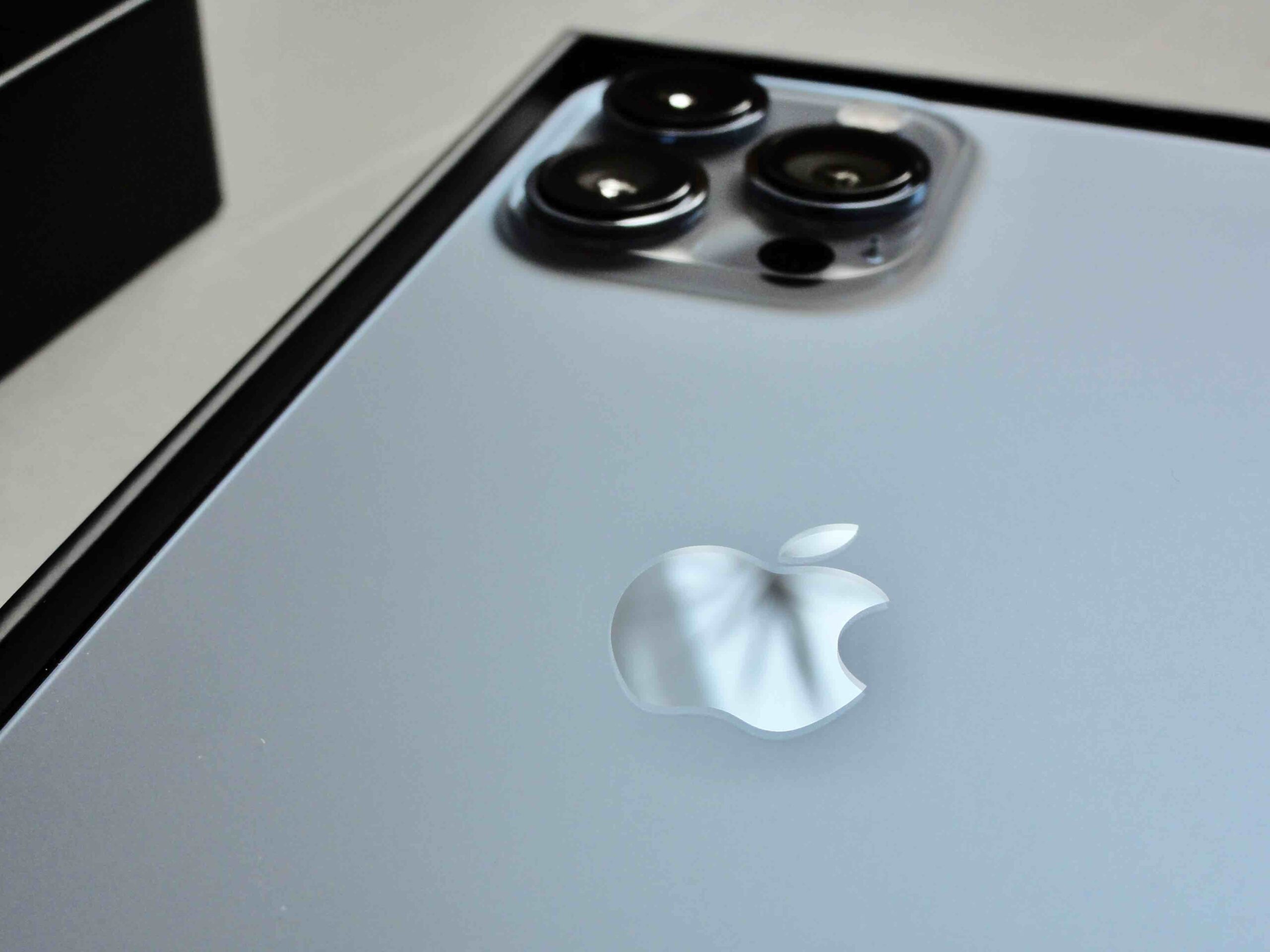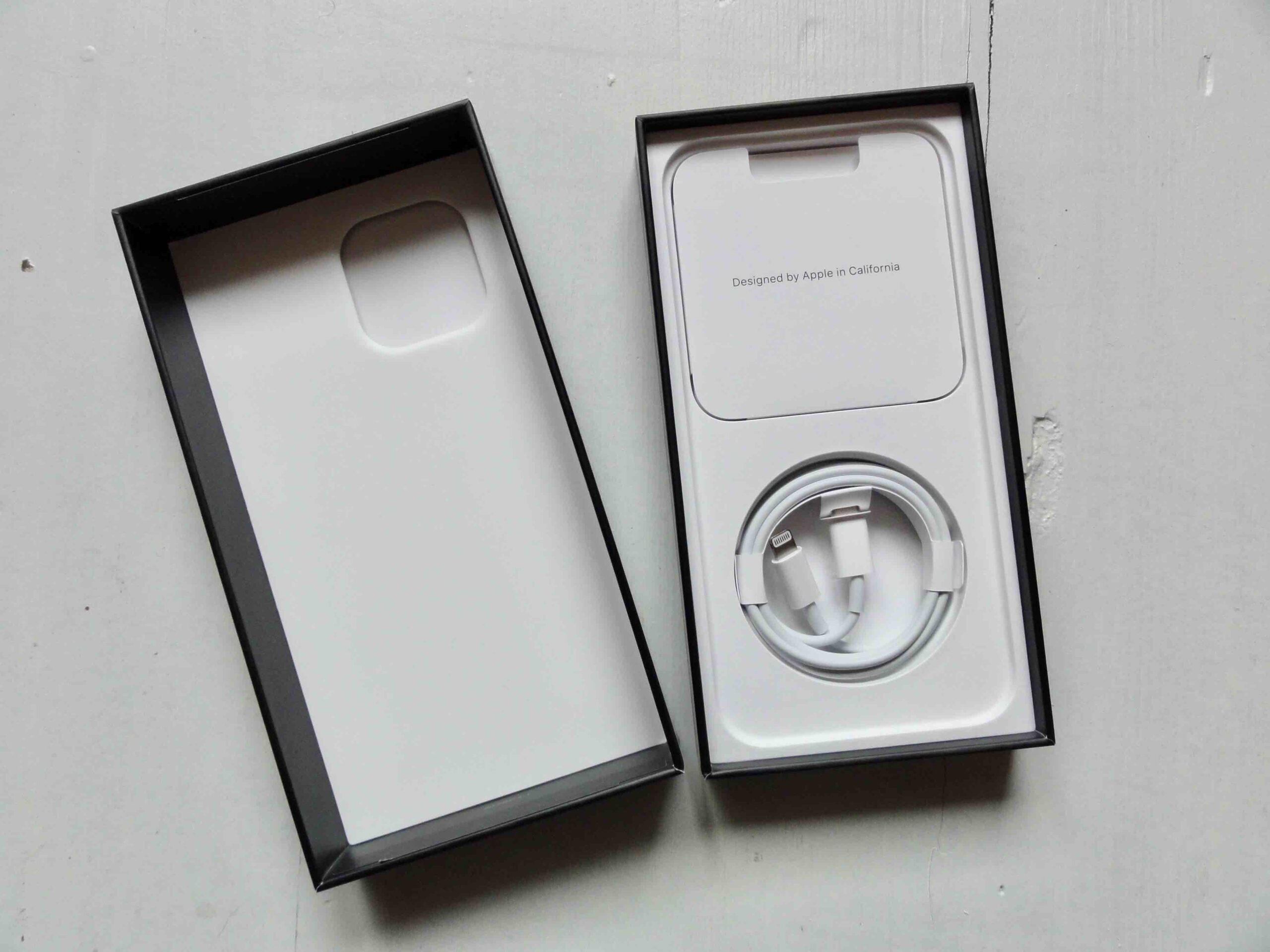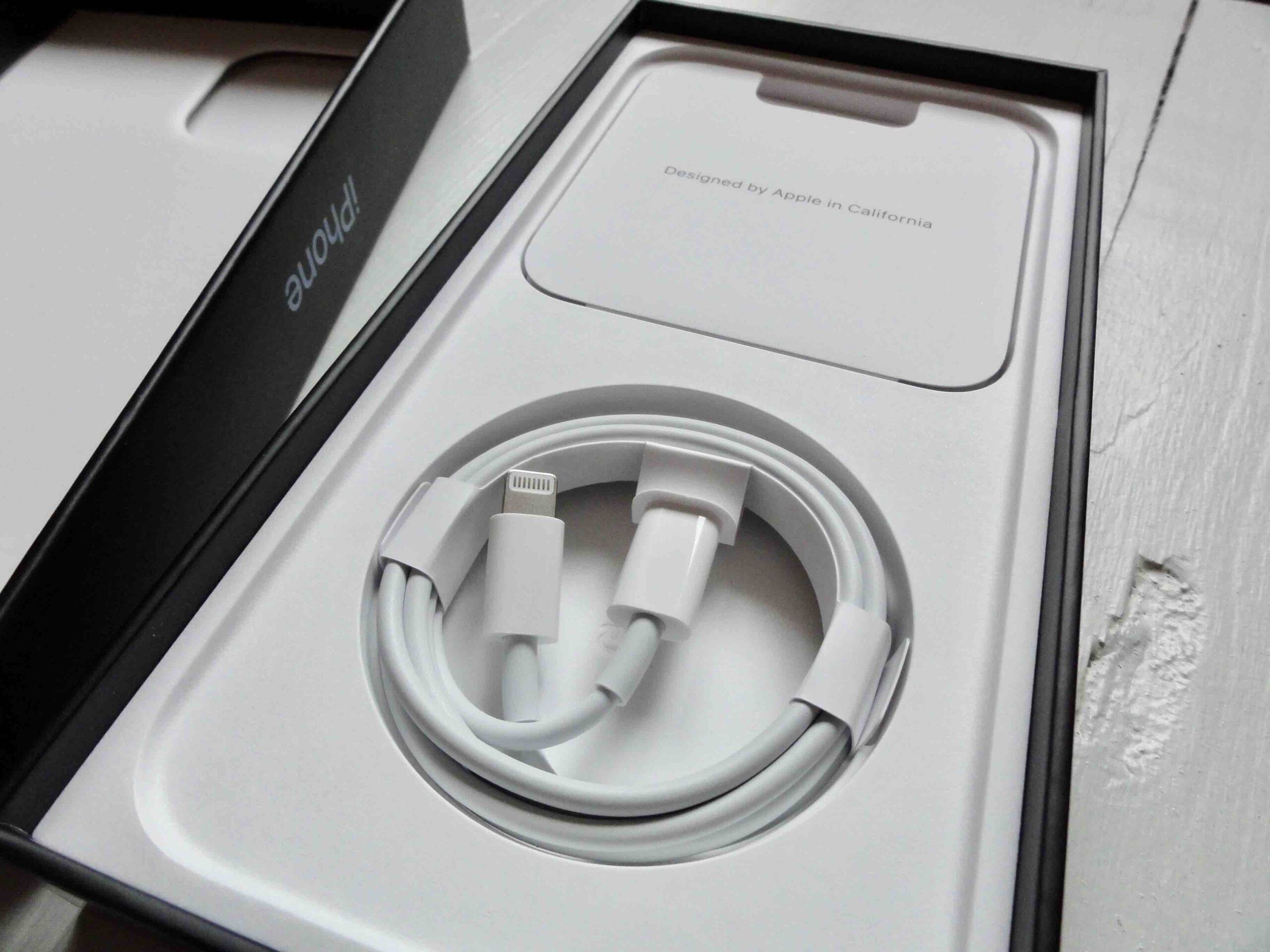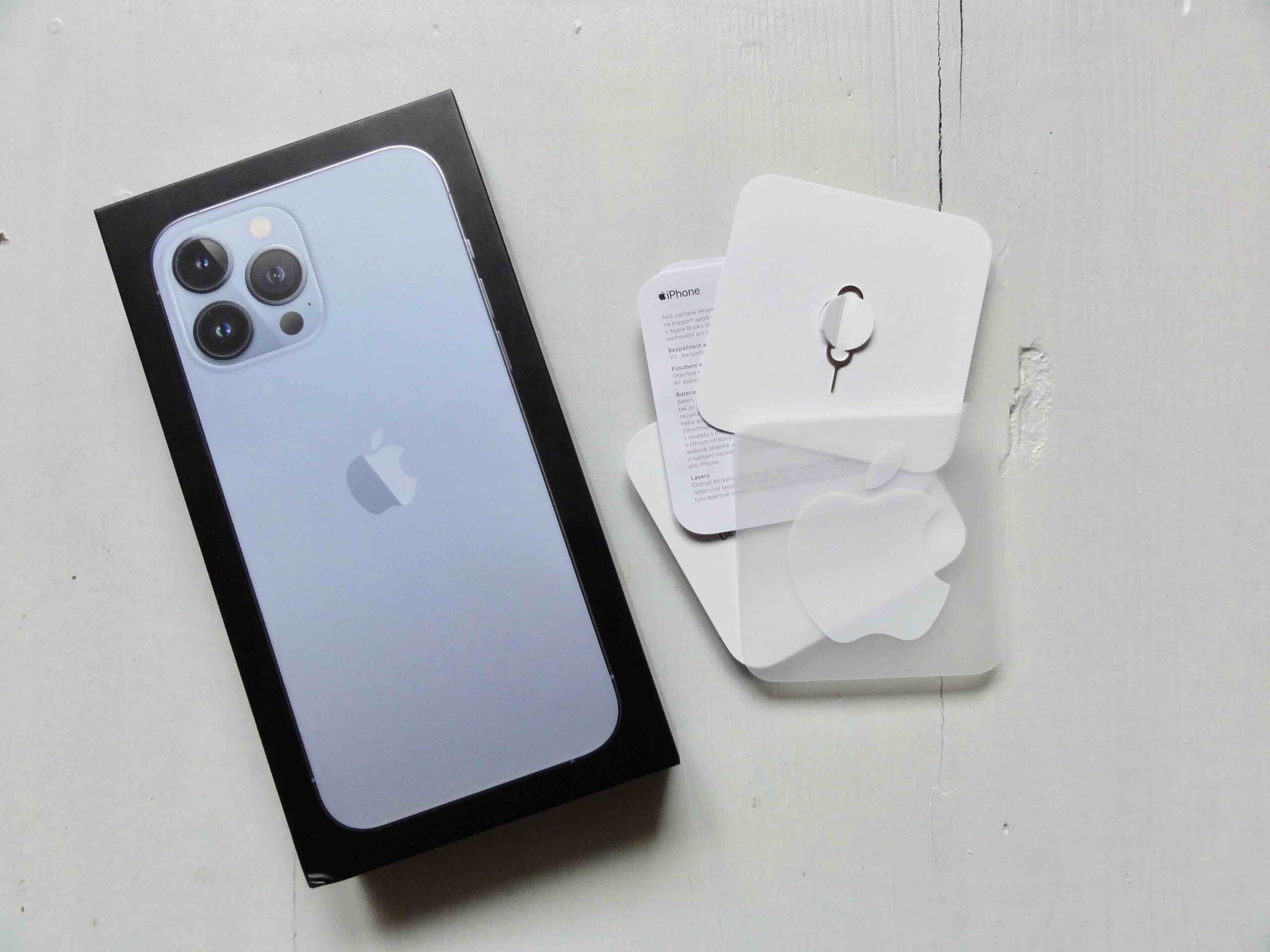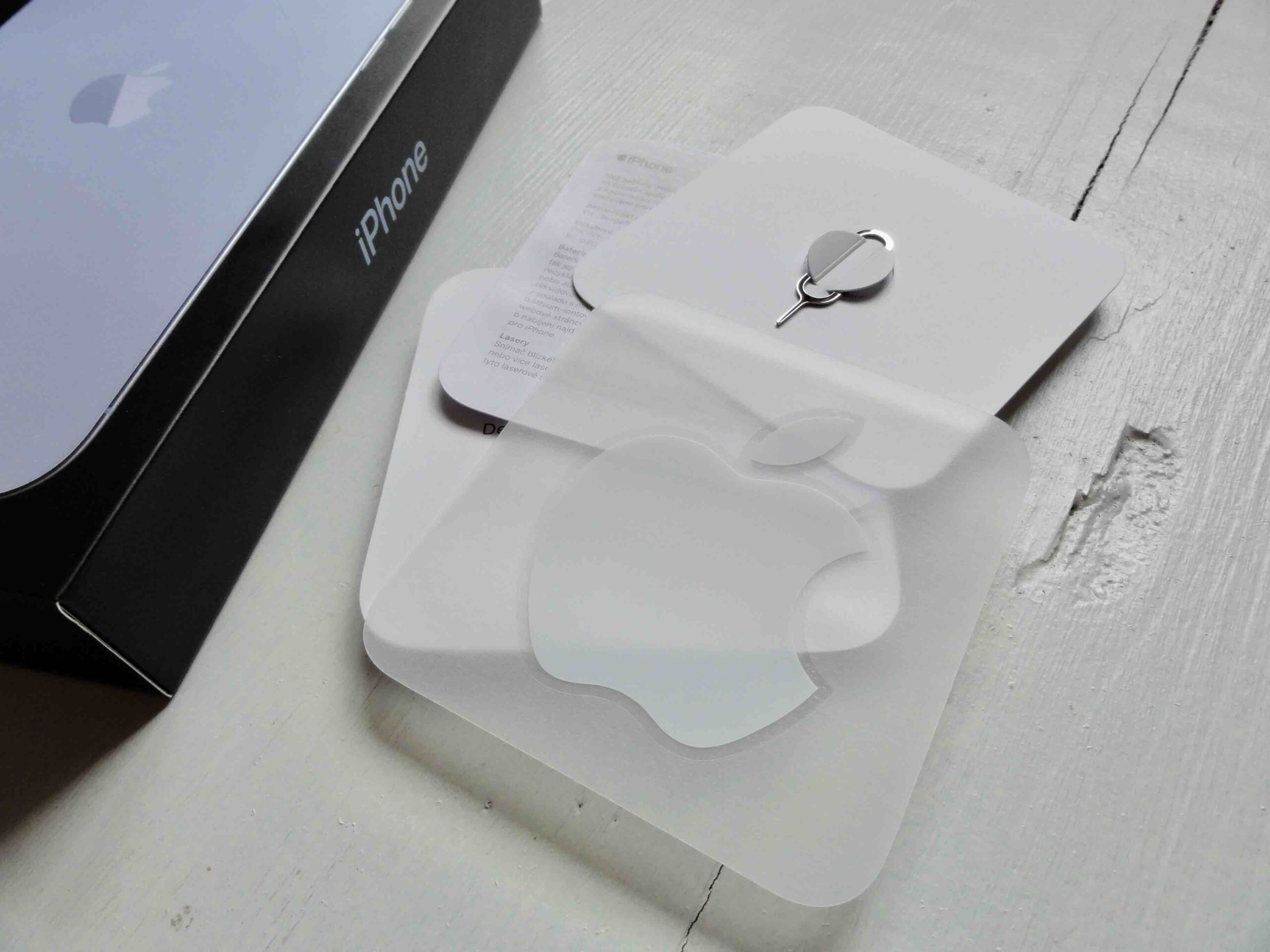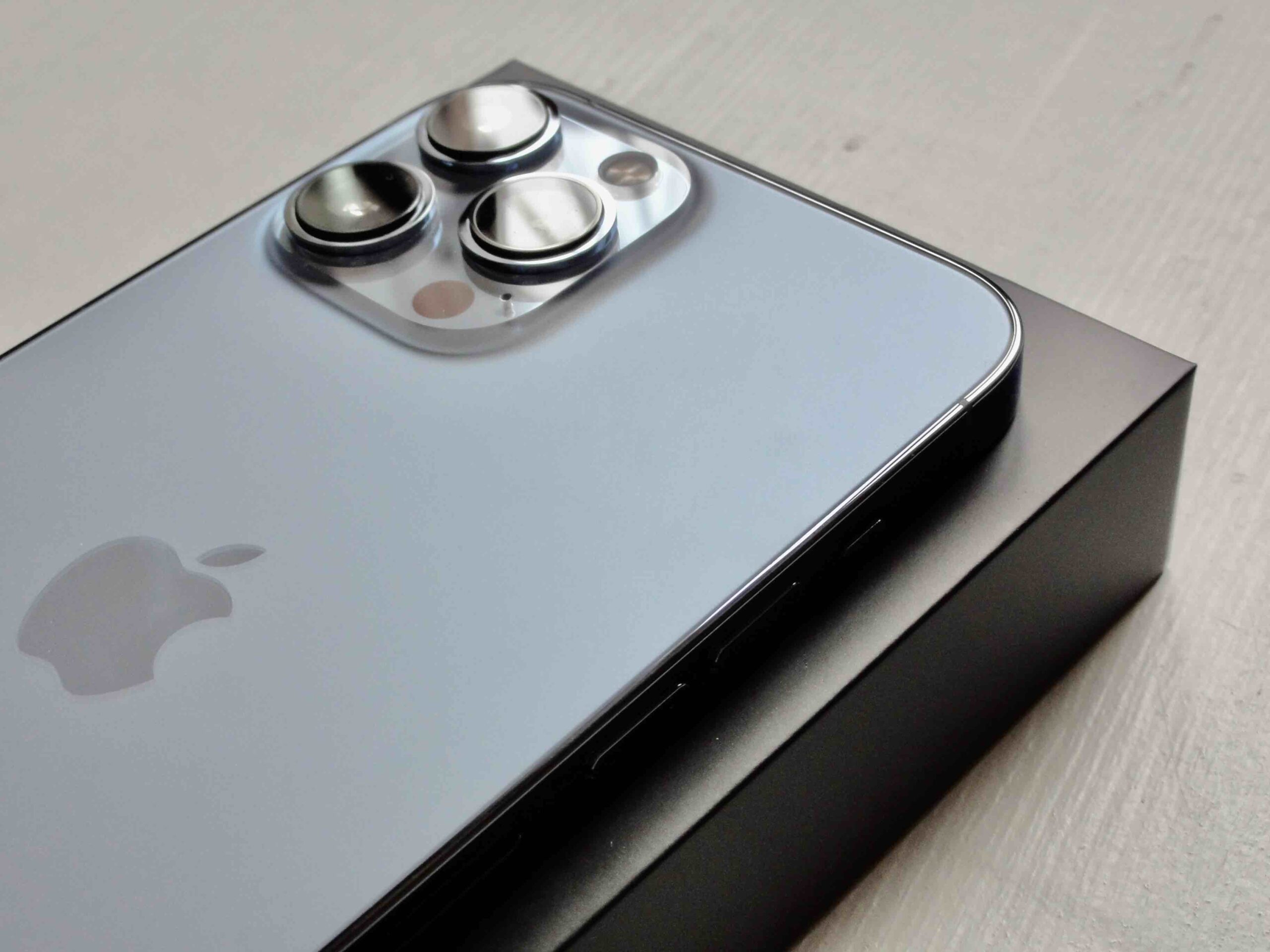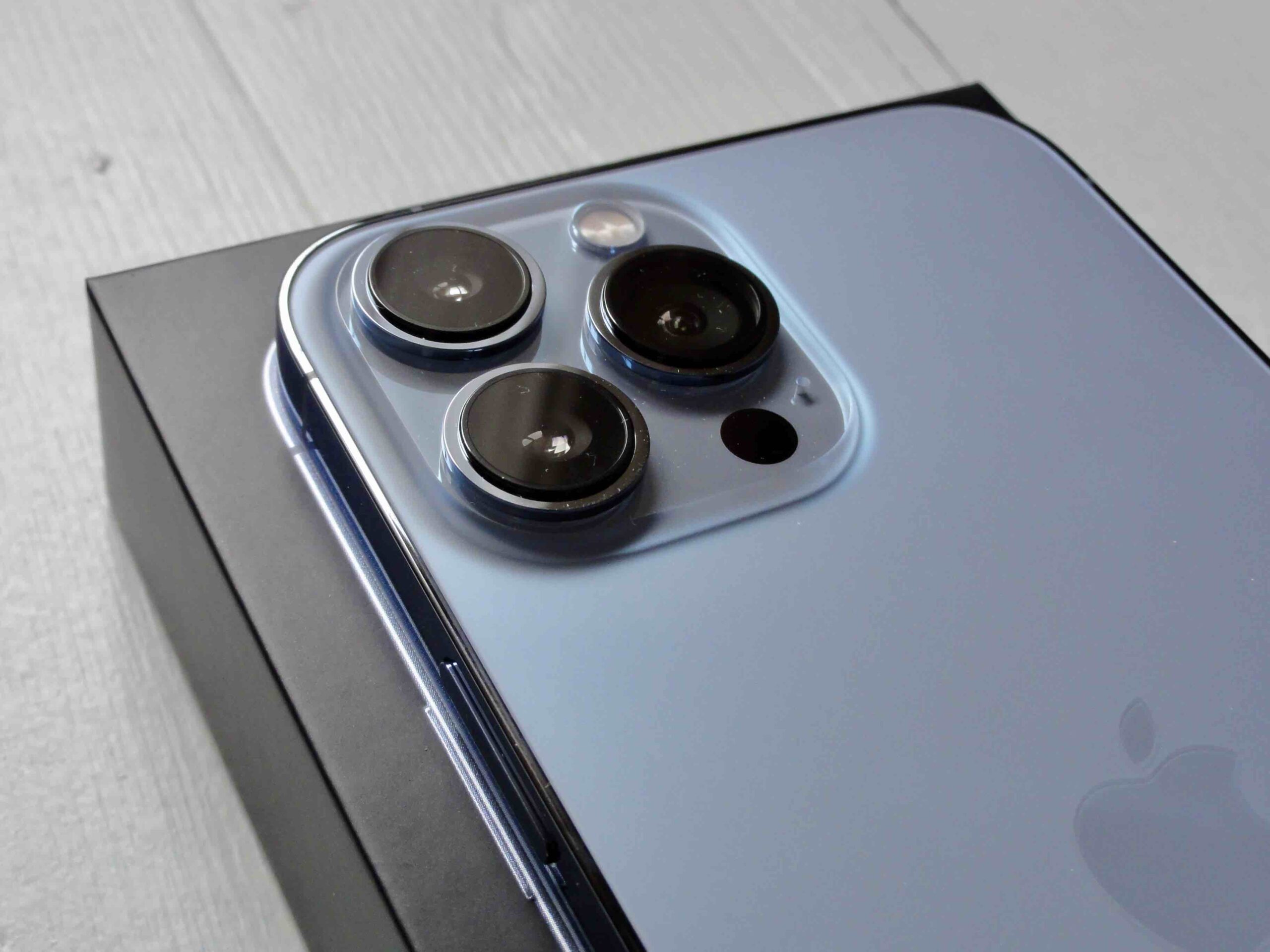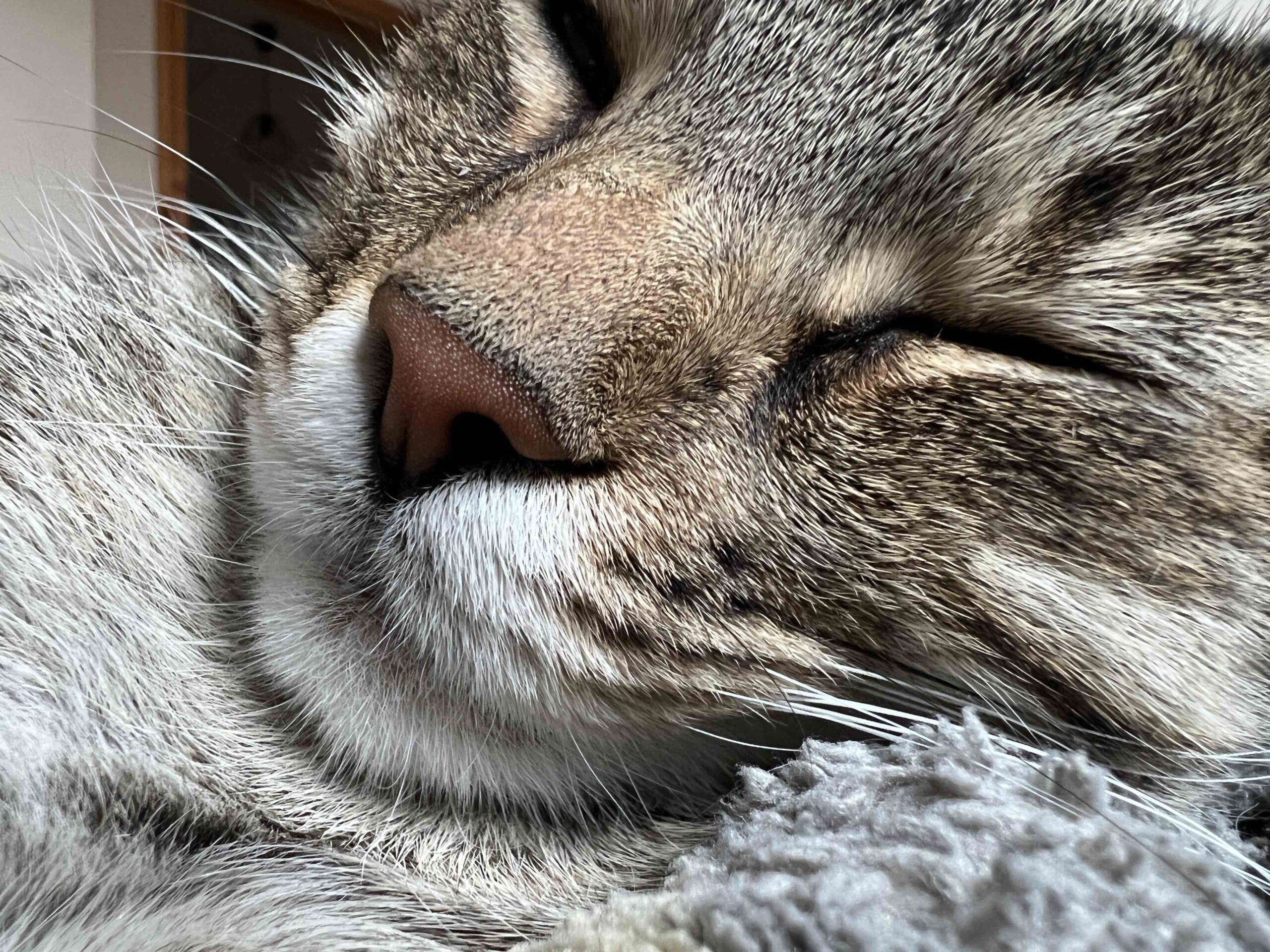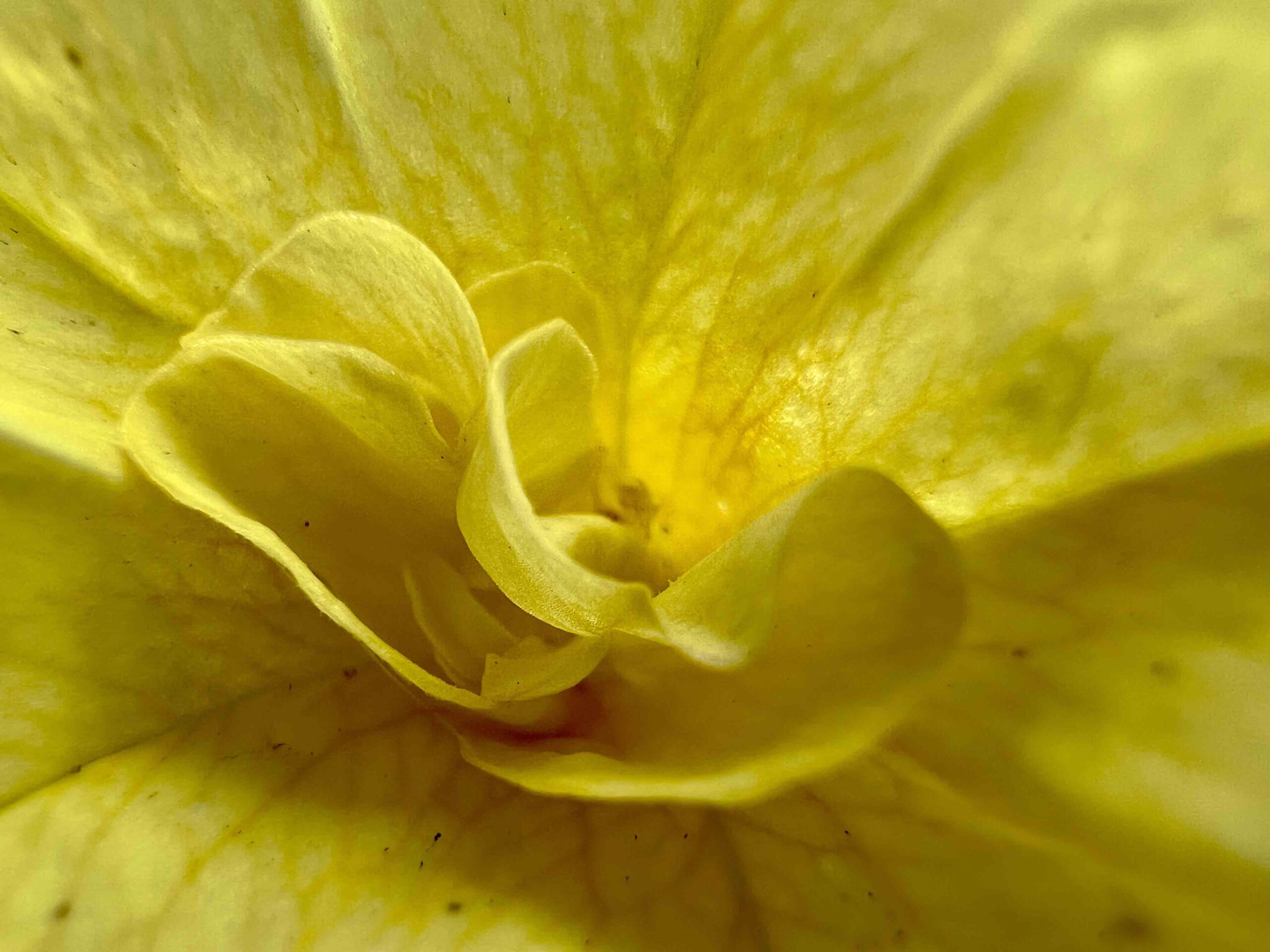DXOMark is a French renowned smartphone photography quality test. Relatively soon after the launch of the iPhone 13, he immediately subjected them to a test, from which it is clear that even the Pro models are not enough for the current top. Given the identical specifications, they received 137 points, which places them in fourth place.
Even if the potato position looks unflattering, it still has to be recognized that the iPhone 13 Pro (Max) belongs to the photographic top, after all it is in the top five. Specifically, it earned 144 points for photography, 76 points for zoom and 119 points for video, in which it reigns supreme. However, it falls short in the front camera, which earned only 99 points, and the device is ranked only in the shared 10th place.
It could be interest you

DXOMark reports that, as with all iPhones, the new's color rendition is exemplary vibrant, with pleasant skin tones with a slightly warmer tinge, while the camera itself is generally very reliable. But the overall photo performance is quite similar to the 12 Pro generation, although there are some improvements.
I like accurate exposure, color and white balance, skin tones in most lighting conditions, fast and accurate focusing, good details or little noise in the video. On the other hand, I don't like the limited dynamic range in demanding scenes with high contrast, lens flare or a certain loss of texture in videos, especially in the face.
Main camera system ranking in DXOMark:
- Huawei P50 Pro: 144
- Xiaomi Mi 11 Ultra: 143
- Huawei Mate 40 Pro+: 139
- Apple iPhone 13 Pro: 137
- Huawei Mate 40 Pro: 136
- Xiaomi Mi 10 Ultra: 133
- Huawei P40 Pro: 132
- Oppo Find X3 Pro: 131
- Vivo X50 Pro+: 131
- Apple iPhone 13 mini: 130
DXOMark Selfie Camera Ranking:
- Huawei P50 Pro: 106
- Huawei Mate 40 Pro: 104
- Huawei P40 Pro: 103
- Aus ZenFone 7 Pro: 101
- Huawei nova 6 5G: 100
- Samsung Galaxy S21 Ultra 5G (Exynos): 100
- Samsung Galaxy Note20 Ultra 5G (Exynos): 100
- Samsung Galaxy S20 Ultra 5G (Exynos): 100
- Apple iPhone 13 Pro: 99
- Apple iPhone 13 mini: 99
As always, however, it is important to keep in mind that the methodology and reliability of DXOMark testing is often questioned and debated, mainly on the basis that camera results can also be judged subjectively, and thus assigning a uniform "score" is indeed challenging. In addition, iPhones have a significant advantage in the operating system used, as well as in the wide variety of applications in the App Store. You can see the complete iPhone 13 Pro test on the website DXOMark.
Check out the iPhone 13 Pro Max unboxing:
Complete specifications of the main camera system:
Wide angle lens: 12 MPx, 26mm equivalent, aperture ƒ/1,5, pixel size 1,9 µm, sensor size 44 mm2 (1/1,65”), OIS with sensor shift, Dual-pixel focus
Ultra Wide Lens: 12 MPx, 13mm equivalent, aperture ƒ/1,8, pixel size 1,0 µm, sensor size: 12,2 mm2 (1/3,4”), without stabilization, fixed focus
Telephoto lens: 12 MPx, 77mm equivalent, aperture ƒ/2,8, pixel size 1,0 µm, sensor size: 12,2 mm2 (1/3,4”), OIS, PDAF
Personal view
I've been testing the largest iPhone 24 Pro Max since the day the new items went on sale, i.e. Friday, September 13. I subjected it to a rather demanding test in the Jizerské hory, where it proved relatively good, although there are still a few criticisms to be found. The wide-angle camera is without a doubt the best, the ultra-wide one surprised a lot. So its improvement is noticeable because its results are simply great. Of course, there is also a macro that you will enjoy playing with, regardless of the impossibility of manually activating it.
It could be interest you
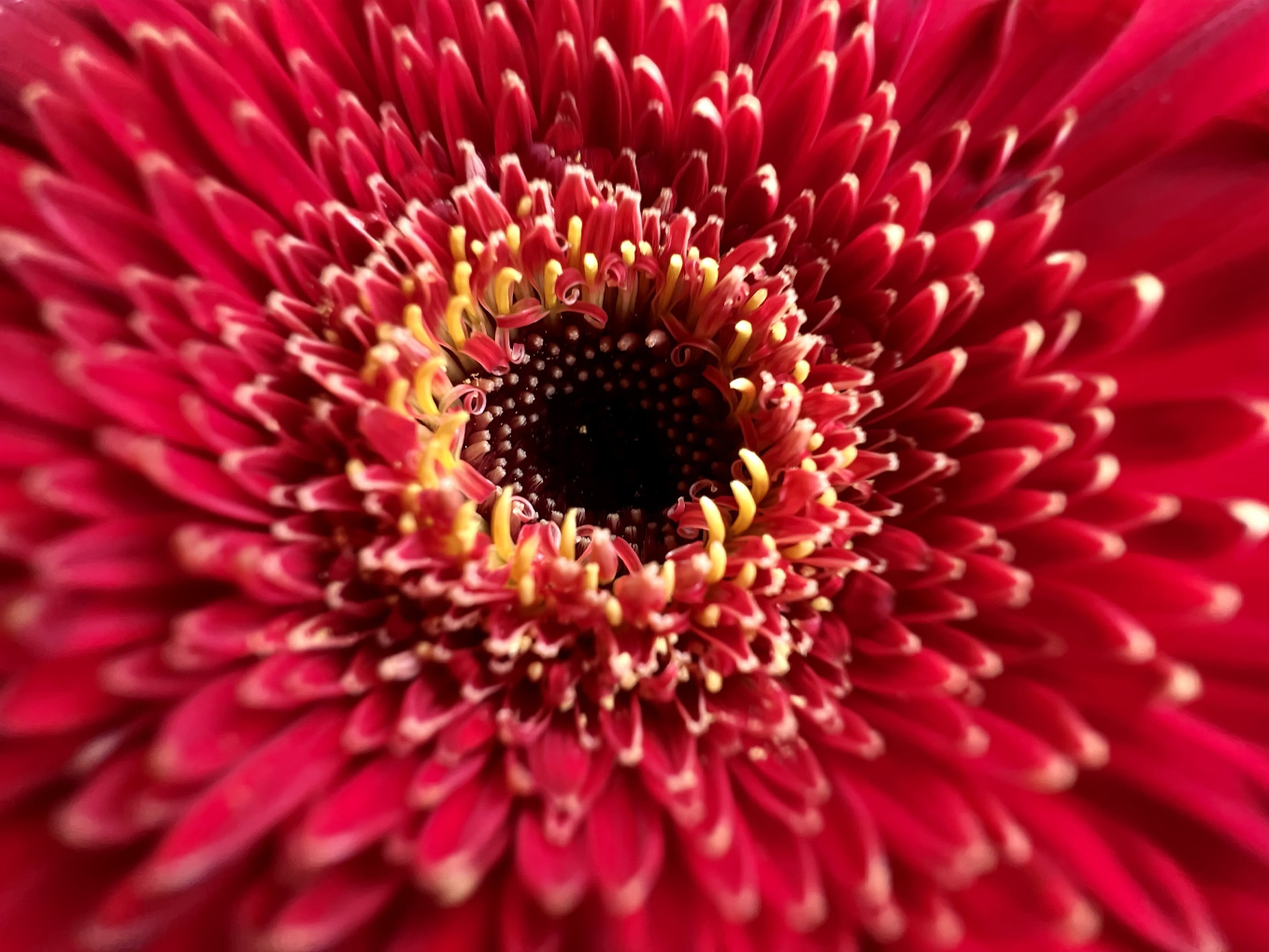
What, on the other hand, was disappointing is the telephoto lens and Photo Styles. The first one can please with its three-fold zoom, but thanks to its ƒ/2,8 aperture, most images are quite noisy. It is practically unusable for Portraits, and it is only fortunate that you have the choice to use a combination with an ultra-wide-angle lens for them, so far there is nothing to complain about.
Macro on iPhone 13 Pro Max:
Although it may not be obvious at first glance, photographic styles have a relatively large influence on the result of the image. Shooting a high-contrast black dog or a landscape with a lot of shadow is simply not good because you will lose detail in the black. It's not a problem to switch to another, but in the field you don't have the possibility to check the result right away, despite the fact that you easily forget that you actually have it activated. Warm then gives relatively unnatural colors. But the biggest problem is that you can't apply styles in post-production, and you can't remove them anyway.
It could be interest you

It is thus necessary to calculate in advance what the result will probably look like. Although this can be a beneficial feature, in the end most users will have it turned off anyway, because they will then run the images through post-production, which is non-destructive and therefore still editable/removable. And Film mode? So far, rather disappointing. But maybe it's just my critical eye that notices details and therefore mistakes. It's great for casual snapshots, but definitely not for Hollywood. You will learn more about the photographic qualities in the upcoming review.
 Adam Kos
Adam Kos 